 home / Insecta · vabzdžiai
home / Insecta · vabzdžiai
creation date / 2017 / Week 24

-
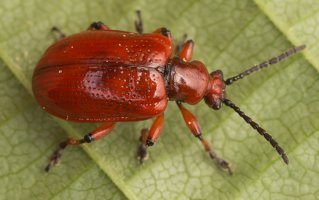 Lilioceris merdigera · svogūninis čiuželis
Lilioceris merdigera · svogūninis čiuželis
-
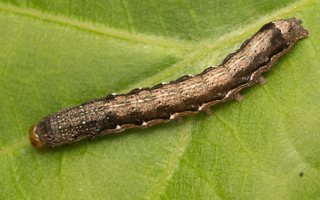 Anorthoa munda caterpillar · rusvasis ankstyvasis pelėdgalvis, vikšras
Anorthoa munda caterpillar · rusvasis ankstyvasis pelėdgalvis, vikšras
-
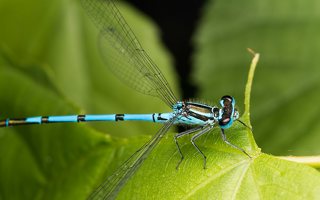 Coenagrion puella, male · pasaginė strėliukė ♂
Coenagrion puella, male · pasaginė strėliukė ♂
-
 Cryptocephalus sericeus · žaliasis paslėptagalvis
Cryptocephalus sericeus · žaliasis paslėptagalvis
-
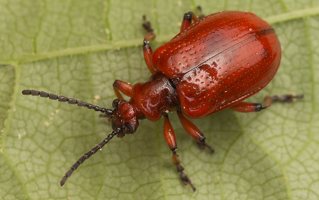 Lilioceris merdigera · svogūninis čiuželis
Lilioceris merdigera · svogūninis čiuželis
-
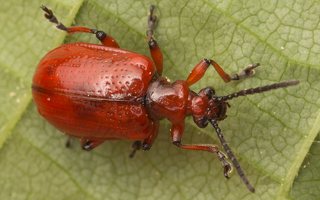 Lilioceris merdigera · svogūninis čiuželis
Lilioceris merdigera · svogūninis čiuželis
-
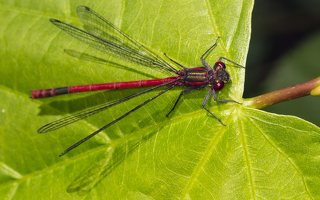 Pyrrhosoma nymphula · kruvinoji strėliukė
Pyrrhosoma nymphula · kruvinoji strėliukė
-
 Coenagrion puella, male · pasaginė strėliukė ♂
Coenagrion puella, male · pasaginė strėliukė ♂
-
 Coenagrion puella, male · pasaginė strėliukė ♂
Coenagrion puella, male · pasaginė strėliukė ♂
-
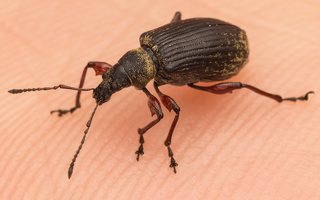 Curculionidae · straubliukas
Curculionidae · straubliukas
-
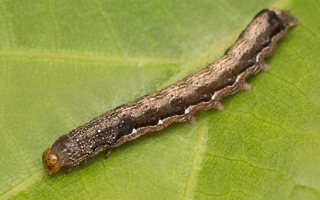 Anorthoa munda caterpillar · rusvasis ankstyvasis pelėdgalvis, vikšras
Anorthoa munda caterpillar · rusvasis ankstyvasis pelėdgalvis, vikšras
-
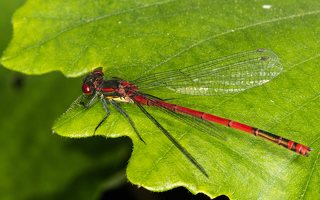 Pyrrhosoma nymphula · kruvinoji strėliukė
Pyrrhosoma nymphula · kruvinoji strėliukė
-
 Cryptocephalus sericeus · žaliasis paslėptagalvis
Cryptocephalus sericeus · žaliasis paslėptagalvis
-
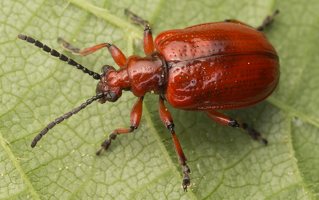 Lilioceris merdigera · svogūninis čiuželis
Lilioceris merdigera · svogūninis čiuželis
- insects
- Insekten
- vabzdžiai
- kukaiņi
- owady
- Mike Hackston: British Insecta Keys
- en.wikipedia.org/wiki/Insect
- en.wikipedia.org/wiki/Glossary_of_entomology_terms
Insects (Class Insecta) are a major group of arthropods and the most diverse group of animals on the Earth, with over a million described species - more than half of all known living organisms - with estimates of undescribed species as high as 30 million, thus potentially representing over 90% of the differing life forms on the planet. Insects may be found in nearly all environments on the planet, although only a small number of species occur in the oceans. The study of insects (from Latin insectus, meaning "cut into sections") is called entomology, from the Greek εντομον, also meaning "cut into sections".